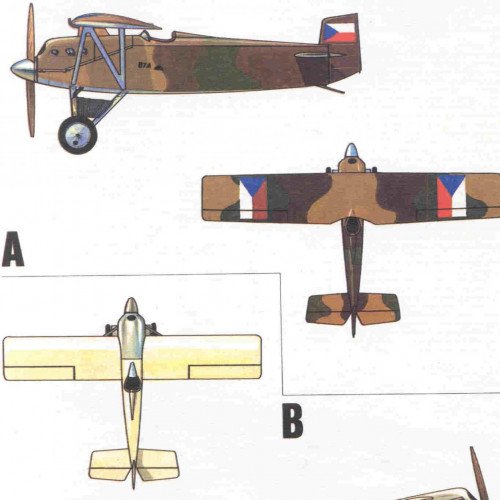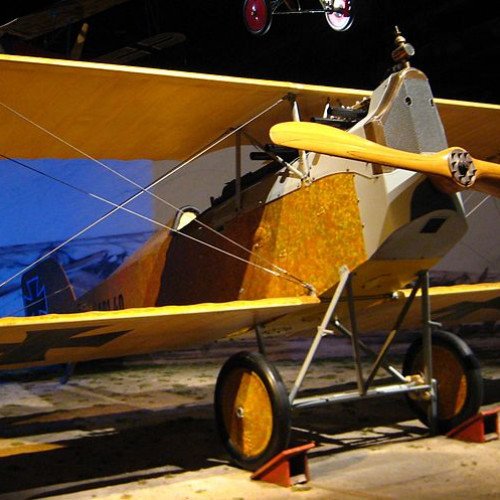Avia BH-7 vs Aviatik (Berg) D.I

Avia BH-7
The Avia BH-7 was a prototype fighter aircraft built in Czechoslovakia in 1923. It was a parasol-wing monoplane developed in tandem with, and as an alternative to the BH-6, which shared its fuselage and tail design. Like the BH-6, the BH-7 was involved in a number of serious crashes during its test programme, which led to its abandonment as a fighter. Undaunted, however, Avia used the design as the basis for a racing aircraft, shortening the wingspan by 1.4 m (4 ft 7 in), fairing the wing directly onto the top of the fuselage and dispensing with the cabane struts. This revised version was designated BH-7B and the fighter (retrospectively) as the BH-7A. When the design proved no more successful as a racer, it was finally put to rest.
Statistics for this Xoptio

Aviatik (Berg) D.I
The Aviatik (Berg) D.I, was a single-engine, single-seater biplane fighter that was developed and manufactured by the Austro-Hungarian branch of German aircraft company Aviatik. It was also known as Berg D.I or the Berg Fighter, because it was designed by Dipl. Ing. Julius von Berg, and to distinguish it from the D.I fighter built by the parent Aviatik firm in Germany. The D.I was the first locally designed fighter aircraft to be adopted into the Austro-Hungarian Air Service (Luftfahrtruppen). It was manufactured both in-house and under license by a number of subcontractors. In 1917, the D.I entered Austro-Hungarian service and saw active operations in the final years of the First World War; it was commonly used for aerial reconnaissance missions, as many fighter units continued to prefer using the German-built Albatros D.III conducting air superiority operations. Following the end of the conflict, it was adopted by the Hungarian Air Force, the Royal Romanian Air Force and the Royal Yugoslav Air Force.